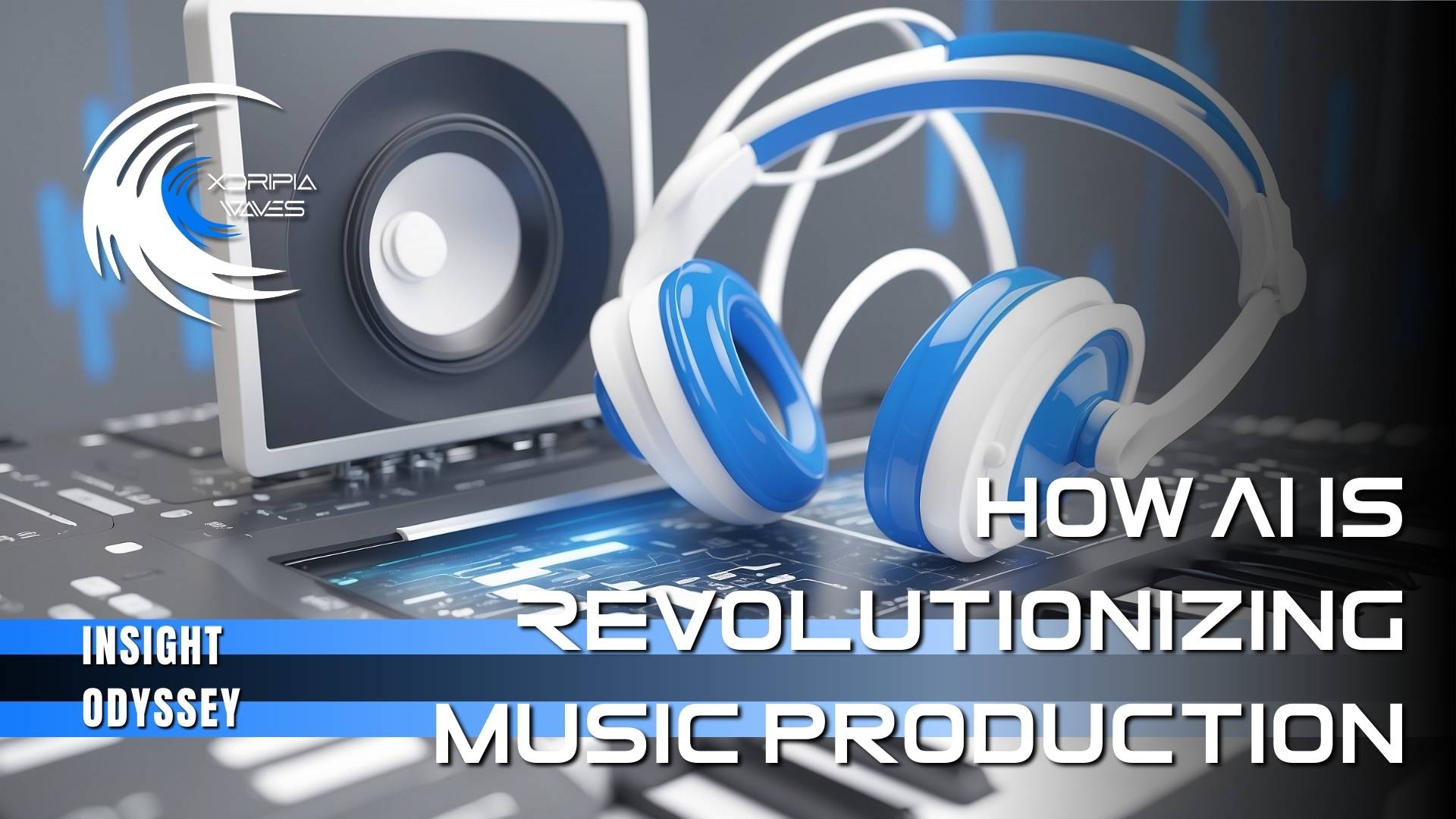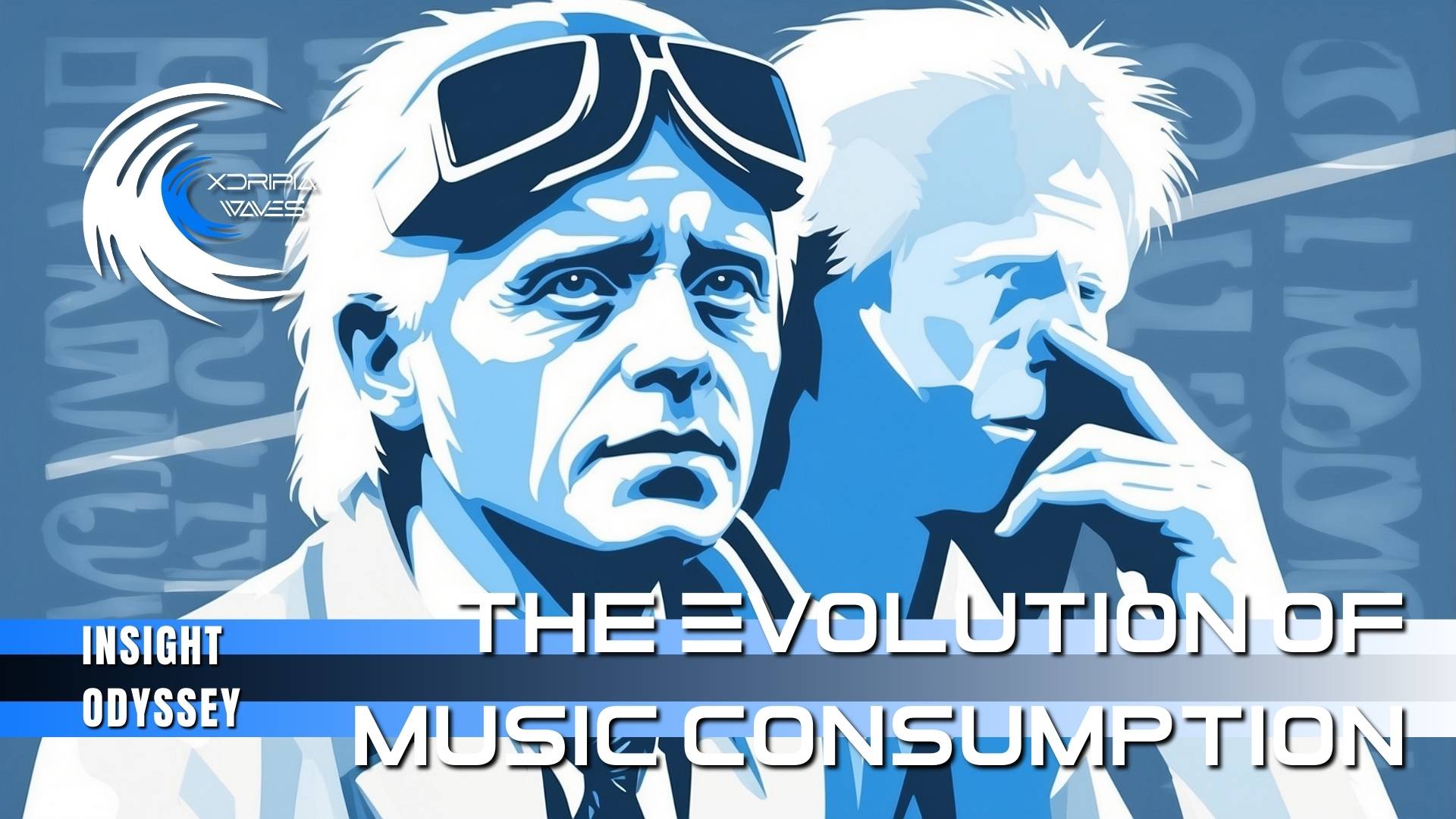The journey of music production is a fascinating tale of technological innovation, creative exploration, and cultural transformation. This evolution spans from the mechanical recording methods of the late 19th century to the digital revolution that has democratized music creation in the 21st century.
Early Beginnings: Mechanical Recording
Music production’s history begins with Thomas Edison’s invention of the phonograph in 1877, which allowed sound to be captured using a strip of tinfoil wrapped around a rotating cylinder. This pivotal development marked the first time music could be recorded and replayed, laying the groundwork for future advancements in sound recording. Emile Berliner’s gramophone, introduced shortly after, used flat discs, which were cheaper and easier to mass-produce, significantly impacting the popular music industry by making recorded music accessible to the middle class.
The Analog Era: Multitrack Recording
By the mid-20th century, music production entered its analog phase. The shift from live mixing to multitrack recording in the 1950s revolutionized the industry. This technique allowed musicians to record separate tracks independently, which could then be mixed together. This was crucial for artists like The Beatles, who utilized this technology to layer complex soundscapes in their albums, notably “Sgt. Pepper’s Lonely Hearts Club Band.” The analog era also saw the rise of synthesizers, with figures like Wendy Carlos and Robert Moog pushing the boundaries of electronic music production.
Digital Revolution: The Advent of DAWs
The digital revolution in music production began in the late 20th century with the introduction of digital audio workstations (DAWs). These systems, such as Pro Tools, Logic Pro, and Ableton Live, transformed music production by allowing for more precise control over sound editing, mixing, and mastering directly from a computer. This shift not only simplified the process but also made high-quality music production accessible to independent artists without the need for expensive studio setups.
The Internet Age: Accessibility and Globalization
The internet has dramatically altered music production and distribution. Platforms like SoundCloud, Bandcamp, and later, streaming services like Spotify and Apple Music, have changed how music is shared and consumed. Artists can now reach a global audience with minimal investment, fostering a new era of indie music production. Social media has also played a significant role, allowing musicians to market their music directly to fans, bypassing traditional channels.
AI and Machine Learning: The New Frontier
Recent developments include the integration of artificial intelligence (AI) in music production. AI tools are being used for everything from auto-composition to mastering tracks. They offer functionalities like beat generation, melody creation, and even voice synthesis, making music production more accessible and efficient. However, this also raises questions about creativity and originality in music, as AI can mimic styles but struggles with the nuanced emotional depth of human composition.
Contemporary Trends: DIY and Home Studios
The democratization of music production tools has led to a surge in DIY and home studios. Artists can now record, mix, and master their music at home with quality comparable to professional studios. This has not only reduced costs but also encouraged a wide variety of musical experiments and genre blending, as producers and musicians can freely explore without the constraints of studio time or budget.
Cultural Impact and Future Outlook
As music production technologies evolve, they influence not just the sound but also the culture of music. From the rise of hip-hop and electronic music, which heavily rely on sampling and electronic production, to the global spread of genres like K-pop and Afropop, technology has been a catalyst for cultural exchange and innovation. Looking forward, technologies like virtual reality (VR) and augmented reality (AR) could further revolutionize how music is experienced, potentially integrating sensory immersion into live performances and music listening.
The evolution of music production tells a story of human ingenuity, where each technological leap has expanded the horizons of musical expression. As we look to the future, the blend of human creativity with emerging technologies promises to continue this legacy, potentially in ways we’ve yet to imagine.


